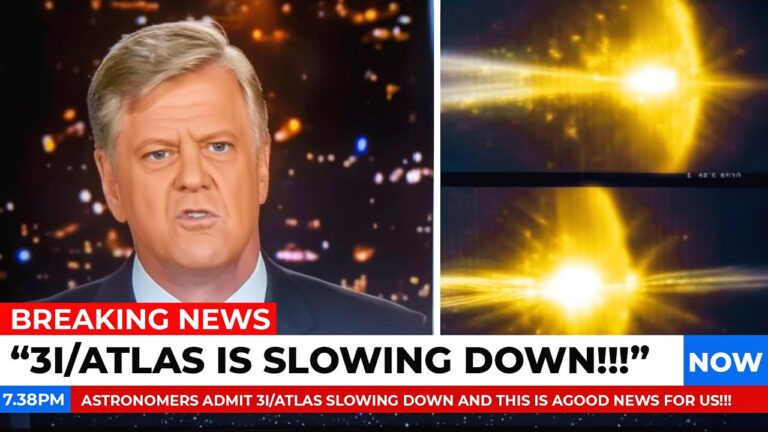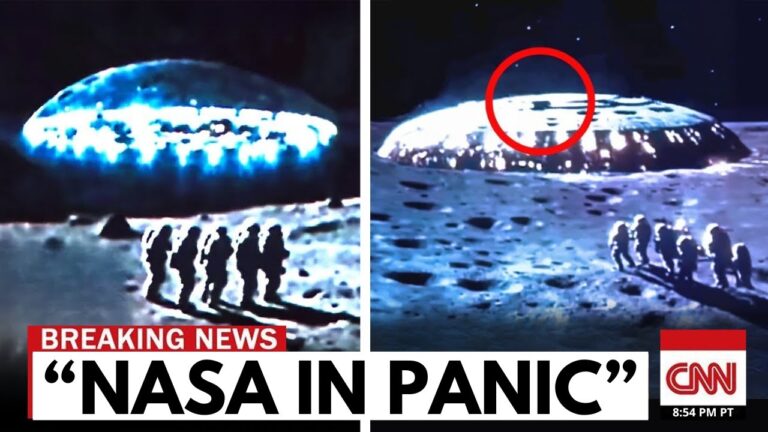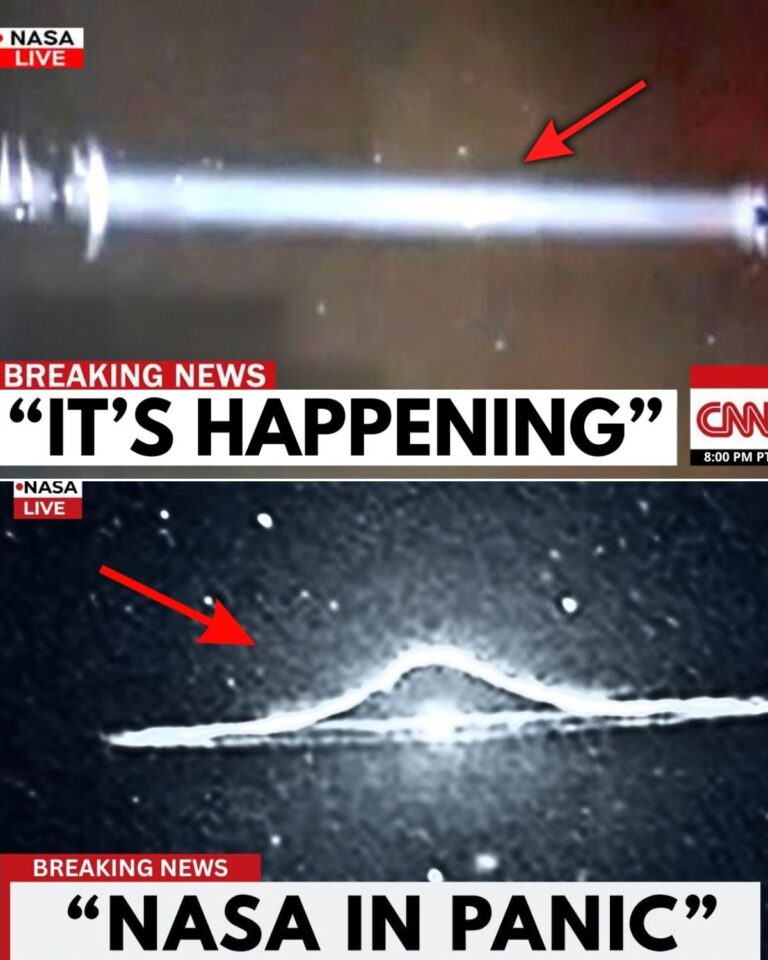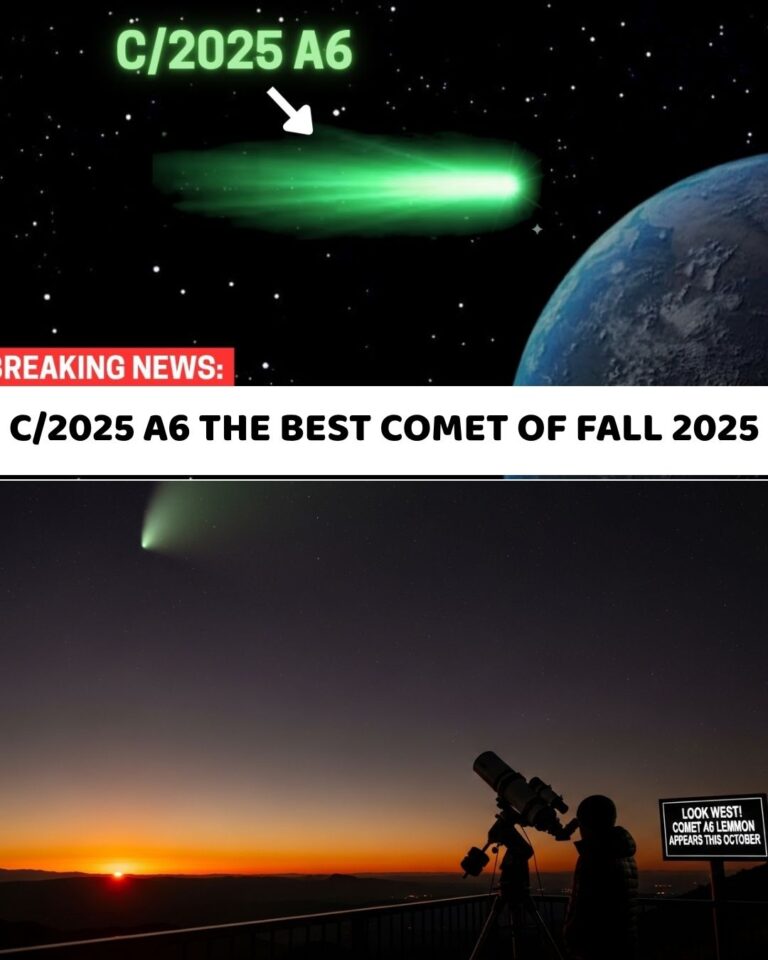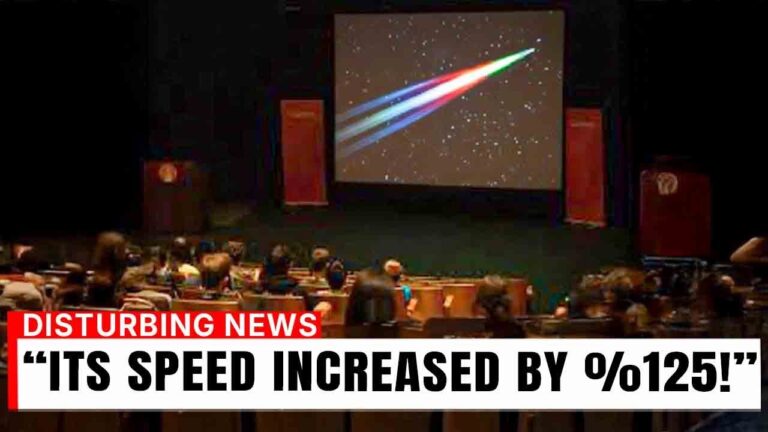In a revolutionary twist that has sent shockwaves through the scientific community, astronomers have detected what could potentially be an extraterrestrial craft—an unprecedented cosmic anomaly on a trajectory that defies the limitations of known space physics. Designed as the third interstellar object documented, the newfound marvel—designated ThreeEye Atlas—was first detected in January 2023 by the Asteroid Terrestrial Impact Last Alert System (ATLAS) in Hawaii. Its eerie presence could herald a profound shift in our understanding of existence beyond Earth. The implications are staggering, provoking urgent questions about the very fabric of our understanding of the cosmos.
 Initially classified as a routine comet, the celestial body has since transformed into a paradox that challenges the foundations of astronomical science. ThreeEye Atlas stands as a gigantic enigma, measuring approximately three miles in diameter and weighing an astonishing 33 billion tons—three to five orders of magnitude more massive than previous interstellar visitors such as the infamous ‘Oumuamua’ and ‘2I/Borisov.’ Its colossal size and unusual characteristics have led some of the world’s leading astrophysicists to speculate whether we might be observing something artificially designed rather than a natural cosmic formation.
Initially classified as a routine comet, the celestial body has since transformed into a paradox that challenges the foundations of astronomical science. ThreeEye Atlas stands as a gigantic enigma, measuring approximately three miles in diameter and weighing an astonishing 33 billion tons—three to five orders of magnitude more massive than previous interstellar visitors such as the infamous ‘Oumuamua’ and ‘2I/Borisov.’ Its colossal size and unusual characteristics have led some of the world’s leading astrophysicists to speculate whether we might be observing something artificially designed rather than a natural cosmic formation.
The object, which boasts a hyperbolic trajectory—indicating it has come from a region beyond our solar system—has caught the attention of prominent figures in astrophysics, including Harvard’s renowned Astronomer Avi Loeb. The very notion that we may be staring down the barrel of a relic from an advanced civilization is both exhilarating and terrifying.
As astronomers scrutinize the peculiar behaviors of ThreeEye Atlas, a stunning revelation has brought further intrigue: calculations reveal that while the comet exhibits significant outgassing indicative of an active coma, it displays remarkably low non-gravitational acceleration—suggesting that its core is immensely heavy and resistant to the forces of its own emissions. The implications of this finding could reshape our understanding of interstellar bodies.
Initial analyses indicate a perplexing composition that hints at potential artificial origins. Reports of detectable nickel without corresponding iron are igniting intense debates among experts, as such a combination is virtually unheard of in nature. The absence of iron, typically bonded to nickel in cosmic matter, raises harrowing questions: could this signify industrial processing more characteristic of technology than natural formation? As data surfaces, the lines between astronomical inquiry and extraterrestrial speculation blur.
With ThreeEye Atlas on a collision course with our solar system, scientists stand at the precipice of a monumental opportunity. The European Space Agency (ESA) is already mobilizing resources, preparing to leverage Martian orbiters—Mars Express and the ExoMars Trace Gas Orbiter—to closely observe the interstellar phenomenon. High-resolution images and detailed spectral analyses could provide invaluable insights, unraveling the mysteries nestled within its South Pacific Sea of stars.
The entire scientific community—armed with telescopes from the mighty Atacama Large Millimeter/submillimeter Array in Chile to the powerful optical lenses of the European Southern Observatory—is gearing up for what promises to be a groundbreaking period in astronomy. In stark contrast to earlier observations, like that of Oumuamua, scientists have the luxury of planning. They are implementing a multi-pronged approach utilizing ground-based and space-based observatories, vying for every scrap of data to dissect the interstellar monster hurtling toward our cosmic neighborhood.
The controversy surrounding ThreeEye Atlas propels the excitement stemming from other recent interstellar visitors into a fervor. The discovery of these immense bodies challenges our existing models of celestial objects and provokes a paradigm shift in understanding the mechanics of the universe. As we grapple with increasing evidence of the existence of not one, but three confirmed interstellar visitors within just a few short years, the implications are staggering. Are we simply encountering a cosmic lottery, or might this suggest a larger, diverse population of freight-sized secrets floating through the vastness of space?
Beyond scientific quandaries, the arrival of ThreeEye Atlas allows for profound philosophical contemplation. Could our origins as a planet be linked to the very transport of cosmic building blocks such as this? Or, if Avi Loeb’s theory is correct, could we be encountering a piece of technology—a probe or debris from an advanced civilization attempting to communicate across the void?
Whispers of excitement ripple across nations as scientists prepare themselves for a collision of a lifetime – not just with an object, but with the very question of life beyond our planet. The social and cultural implications of confirming extraterrestrial intelligence—or at least its remnants—would resonate through history, forcing societies to confront an altered understanding of existence itself.
In a time when knowledge is power and understanding the cosmos is more pertinent than ever, the world watches, waiting with bated breath for ThreeEye Atlas to unveil its secrets. Will this monumental visitor solidify our understanding of life’s proliferation in the universe or provoke even deeper existential questions? One certainty remains: we stand on the verge of what could be one of the most consequential chapters in human history. As observatory lights flicker against the black vastness of the cosmos, humanity prepares to embrace the uncharted territories of knowledge that beckon from the stars. The next few years will witness a dramatic symphony between science and the cosmos, prompting conversations that will echo through the annals of time. What does this colossal cosmic visitor mean for our existence? The countdown has begun.
